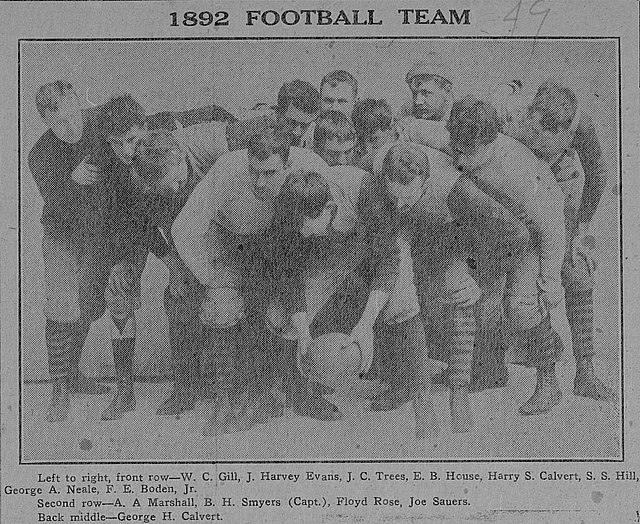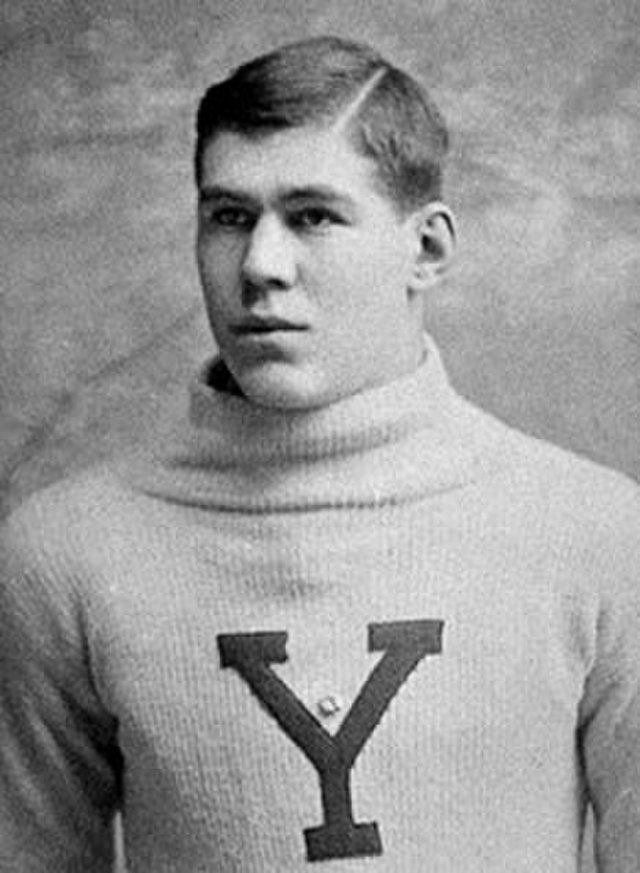In this edition of the Scandals and Scoundrels of Football we will take a deep dive look into the controversial advent of professional football.
1892 PAC versus AAA Controversy
The 1892 PAC vs. AAA Meeting
Pennsylvania became a real hot bed in early football in the 1890s. We know that the East Coast colleges of what we call the Ivy League schools today developed the game especially the likes of Harvard, Yale and Princeton. We also know that the Canadian school of McGill had a ton of influence on the game to even get it to the American East Coast. The gridders in Pensylvania took it to a whole new level though.
The excitement of football spread rampantly in the late 1880s and non collegiate teams popped up at social clubs around various places and they were often referred to as "club elevens." The Southwest corner of PA really thrived with club football in the 1890s. Christopher Mendez on the psu.org website back in 2010 has a very insightful article on the early fllotball club phenom;
"Some of the athletic clubs that became trendsetters included Allegheny Athletic Association, Greensburg Athletic Association, Latrobe Athletic Club, and Johnstown Athletic Club..."

These clubs rivaled one another and played competitively in organized games. On October 11, 1890 the Allegheny Athletic Club challenged Western University (now the University of Pittsburgh) to a game. This is what many consider the first game of football played in the Keystone State.

The 1892 Western University of Pennsylvania (now called Pitt) football team, courtesy of Wikimedia Commons.
The competitive level was growing and other teams sprouted up. One the East End Gymnasium Club entered the fray of Pittsburgh club elevens. Mendez's article fills us in;
"a successful first season, the club’s reputation grew amongst football enthusiasts far and wide. Their growing fame allowed them to change their name to the Pittsburgh Athletic Club or PAC. Following their recent success, the PAC felt entitled to challenge the well-established Allegheny Athletic Club, or “The Three A’s”."
.jpg)
An early rendering of the Pittsburgh Athletic Association building and grounds, courtesy Wikimedia Commons by an unknown artist.
On Columbus Day in 1892 the two teams met and the result was a 6 all draw. This only added to the intensity of the rivalry. These teams wanted to defeat the other for bragging rights of being the the top team in the area. So they scheduled a rematch and each upped the ante by revision their rosters. Let us let it be known that "playing for pay" in the game of football at this time was highly looked down upon. In fact an organization called the Amateur Athletic Union was formed to investigate and deter teams from bringing on hired hands to win ball games. The intentions of the Union were good but extremely ineffective as they had little power or authority over teams. The Penn State post then adds this;
"The AAA and PAC implemented clever techniques to ensure compensation for their athletes without violating union rules. One technique widely used during the era was “double expense money.” Instead of awarding straight cash incentives, clubs would reward their top players with “gifts,” which they would in turn pawn for cash. This would often be done in the form of trophies or pocket watches."
So the recruiting of talent and gifting them some perks heated up for this AAA/PAC rematch. William Kirschner was a pretty well respected player of the era and he also coached the Pittsburgh Athletic Club. He was compensated quite well for his coaching, however he did log playing time as well, and a lot of it. Kirschner received the double pay expenses for about haldf the season until he was injured and unable to help the PAC further, so they looked for another person to help them. They turned their attention to the Chicago Athletic Association and a guard that played there named William Pudge Heffelfinger. Pudge was the former star at Yale, helping the Eli to win multiple Nationa Titles. The PAC brought in Pudge Heffelfinger for the tidy sum of $250 to play against AAA. On October 30, 1892 the Pittsburgh Press heard about the hiring and posted an article accusing PAC of paying Heffelfinger and Knowlton Snake Ames to play against AAA.

William Heffelfinger in his Yale university football photograph, 1888-1891. Courtesy Wikimedia Commons taken by an unknown photographer.
Oh but the plot thickened!
Okay this story is shady enough to make our scandal criteria for this series but it went even further to the dark side. Chris Mendez's story fills us in;
"Just as the PAC was looking for ways to strengthen its roster, the AAA was simultaneously speaking with Ben “Sport” Donnelly and Ed Malley, offering both “double expense money.” Once word spread, the club began to pursue Heffelfinger and Ames as well. They began by offering them $250 each for the game, but were unsuccessful. Ames refused to accept the cash incentive in fear of losing his amateur status while Heffelfinger was simply interested in more money. Pushing further, the AAA offered Heffelfinger $500, plus $25 for travel expenses, which he accepted."

It was finally game day for the PAC/AAA rematch on November 12, 1892 at A.A.A Park. A throng of over 3000 spectators witnessed Heffelfinger, Sport Donnelly and Ed Malley jog onto the field sporting AAA jerseys. Knowlton Ames declined all offers worrying about his amateur status. The PAC brass imediately started crying foul, pointing to the wrong doing. They accused AAA of paying the three players, a deed that they themselves had tried but failed to accomplish. A squabble between the coaches and team captains delaying the start of the contest for a bit. Eventually an agreement to play was come upon but the game would now be an exhibition which with this status all gambling on the game could not occur. The AAA fans were livid they couldn't bet on the game and the PAC faithful were miffed about the Chicago recruits. The fans noticably were not enthused during the game because of it exhibition status and also because of a light sprinkle that cooled off the fervor.
The game was played and Heffelfinger let his presence be known as he caused a first half fumble and took it in for a touchdown, which was worth only four points at that time. That was the only scoring in the shortened because of darkness contest, AAA 4 and PAC 0.
For almost 8 decades many thought that the 1895 paying of John Brallier was the first professional game. It wasn't until these 80 years had passed that receipts proving that Pudge and the others took money from AAA proved otherwise. So we have a slew of scoundrels in this scandal; both the PAC and the AAA fill the bill and the three players Malley, Donnelly and Heffelfinger. We may look at them all as pioneers of pro football today, but in 1892 the viewpoint was somewhat different.
2 About the photo above (3)
The picture in the banner above is from the November 27, 1892 Pittsburgh Press via Newspapers.com of the PAC team. Also with in is William Heffelfinger in his Yale University football photograph, 1888-1891, the Pittsburgh Athletic Club and the 1892 Western University courtesy Wikimedia Commons and some newspaper clippings from 1892 Pittsburgh courtesy Newspapers.com.


